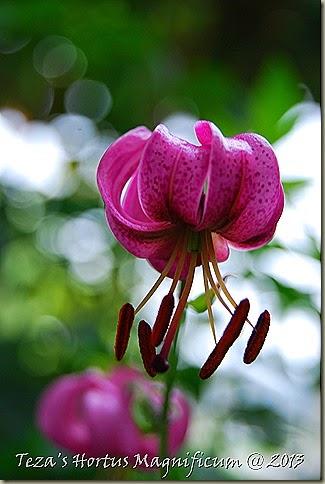Although known to Western horticulture since Siebold and Zaccarini first described it in 1845, Glaucidium palmatum was only recently rediscovered and made available in hort commerce. Like many other rare and unusual woodland perennials, Glaucidium is only available from a smattering of the most discriminating nursery owners and is usually accompanied by a steep price. For the true connoisseurs or collectors amongst us, I refer back to the one word that epitomized Mastercard in its day…. priceless!


A rare white flowering form, G.palmatum ‘Album’ is also available, but is even more elusive in trade, making it the ultimate connoisseur’s coup de grace! As with other rare and unusual woodland gems., Glaucidium has ‘done’ the taxonomical circuit, being bounced between the families Paeoniaceae, Glaucidiaceae, and finally Ranunculaceae, where it remains today. From my own personal experience, it has always been a plant that has garnered interest, for the first two garden seasons for it’s breathtakingly beautiful, palmate foliage which, along the Shaded Walk, fit in perfectly with my other bold foliage combination, and this past year, it’s blooms surpassed even my own personal, fervent wishes! There was even a brief moment when I forgot about a somewhat ailing Meconopsis planted in it’s vicinity!
































No comments:
Post a Comment